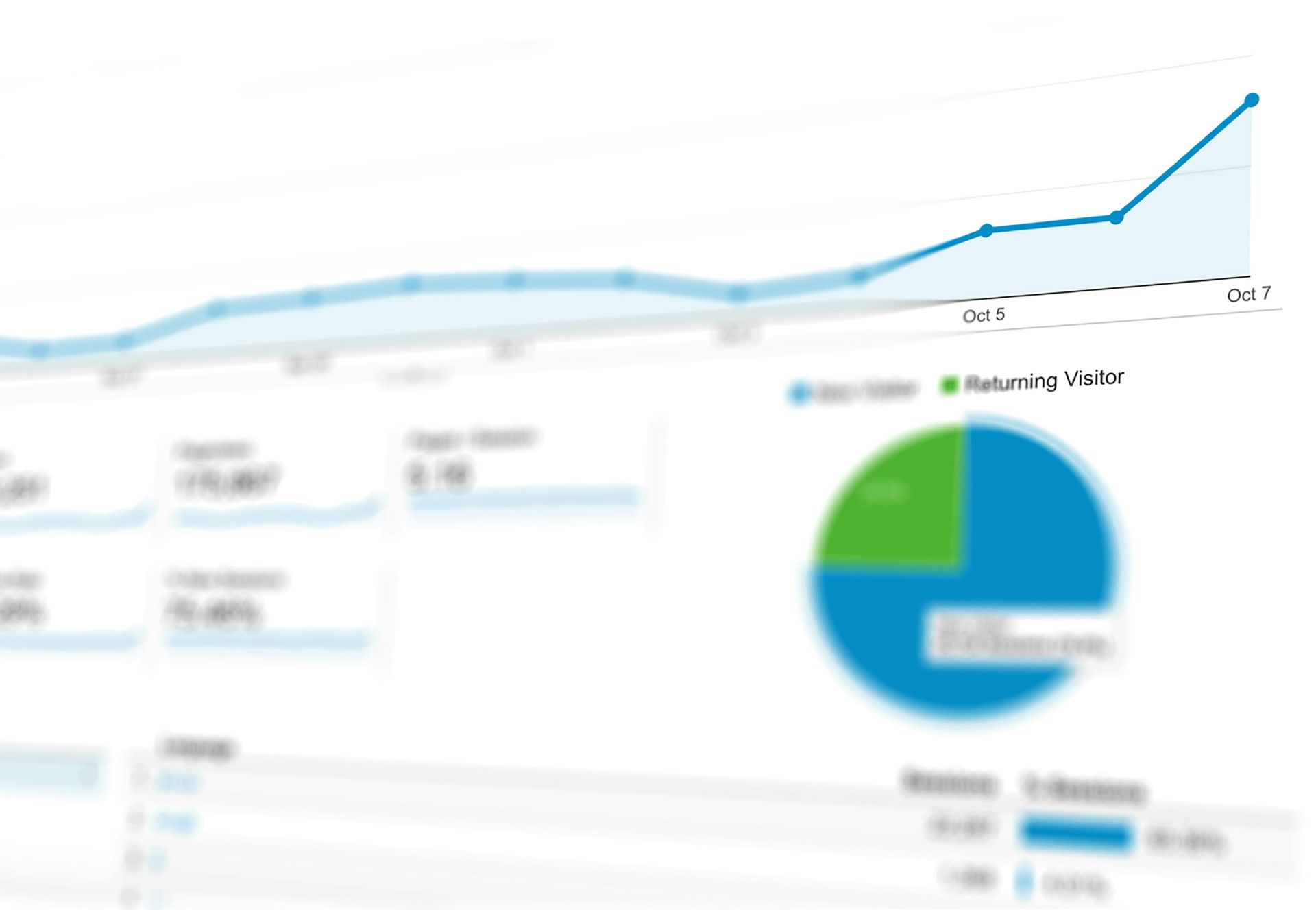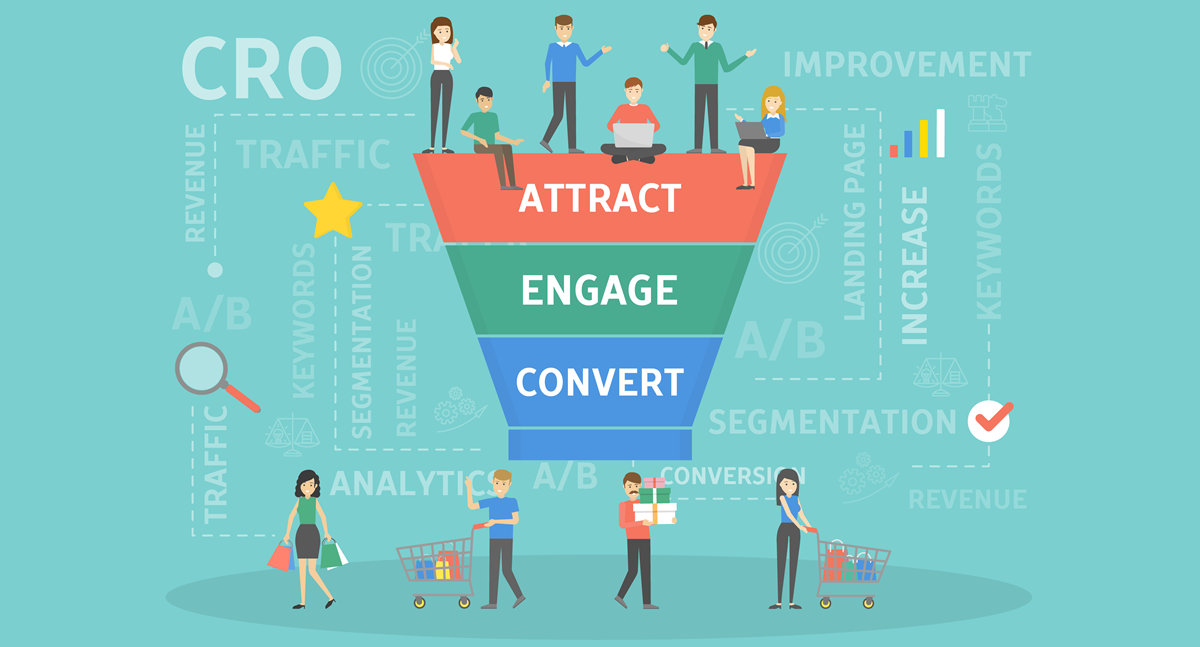Checklist for Starting an E-commerce Website from Scratch
Starting an e-commerce website from scratch is an exciting venture that opens doors to a global marketplace and the potential for significant growth. However, the journey from a mere idea to a fully functioning online store involves numerous steps and considerations. This comprehensive checklist is designed to guide you through the essential stages of building your e-commerce site, ensuring you lay a solid foundation for success. From defining your business model and conducting market research to launching your website and optimizing performance, these steps will help you navigate the complexities of the e-commerce landscape with confidence.
eCommerce Business Checklist
1) Define Your Business Model and Niche
- Identify what products or services you'll offer and who your target customers are.
2) Conduct Market Research
- Analyze your competitors, market trends, and customer needs to validate your business idea.
3) Develop a Business Plan
- Outline your business goals, strategies, marketing plan, and financial projections.
4) Choose a Business Name and Register It
- Select a unique name that reflects your brand and ensure it's legally available.
5) Secure Necessary Licenses and Permits
- Obtain any required business licenses, permits, or certifications in your region.
6) Register a Domain Name
- Purchase a domain that matches your business name for brand consistency.
7) Select an E-commerce Platform
- Choose a platform (e.g., Shopify, BigCommerce, WooCommerce, Turbify) that fits your technical skill level and business needs.
8) Design Your Website
- Create a user-friendly, responsive design that provides a good user experience across devices.
9) Implement Payment Gateways
- Integrate secure payment options like credit cards, PayPal, or other local payment methods.
10) Develop Product Listings
- Create detailed product descriptions, high-quality images, and categorize products effectively.
11) Set Up Shipping and Fulfillment
- Plan logistics for order processing, shipping methods, and return policies.
12) Establish Customer Service Channels
- Provide contact options like email, phone, or live chat to assist customers.
13) Ensure Legal Compliance
- Draft privacy policies, terms of service, and comply with regulations like GDPR or CCPA.
14) Implement Security Measures
- Install SSL certificates and security plugins to protect customer data.
15) Optimize for SEO
- Use relevant keywords, meta tags, and content strategies to improve search engine rankings.
16) Plan Marketing and Advertising Strategies
- Develop campaigns using email marketing, social media, and paid advertising to attract customers.
17) Set Up Analytics Tools
- Install tools like Google Analytics to monitor traffic and user behavior.
18) Test the Website Thoroughly
- Perform beta testing to identify and fix any bugs or issues before launch.
19) Launch and Monitor Performance
- Go live, monitor site performance, and continuously make improvements based on feedback and analytics.
Alternatively, Skip Steps 1-19 and Hire a Reputable Company like WebStorSEO
From design and development to search SEO and conversion optimization, let us take the stress out of the equation.
Note: While this checklist covers fundamental steps, starting an e-commerce website can involve additional tasks based on your specific business model, industry, and regional regulations.
eCommerce SEO Blog

































